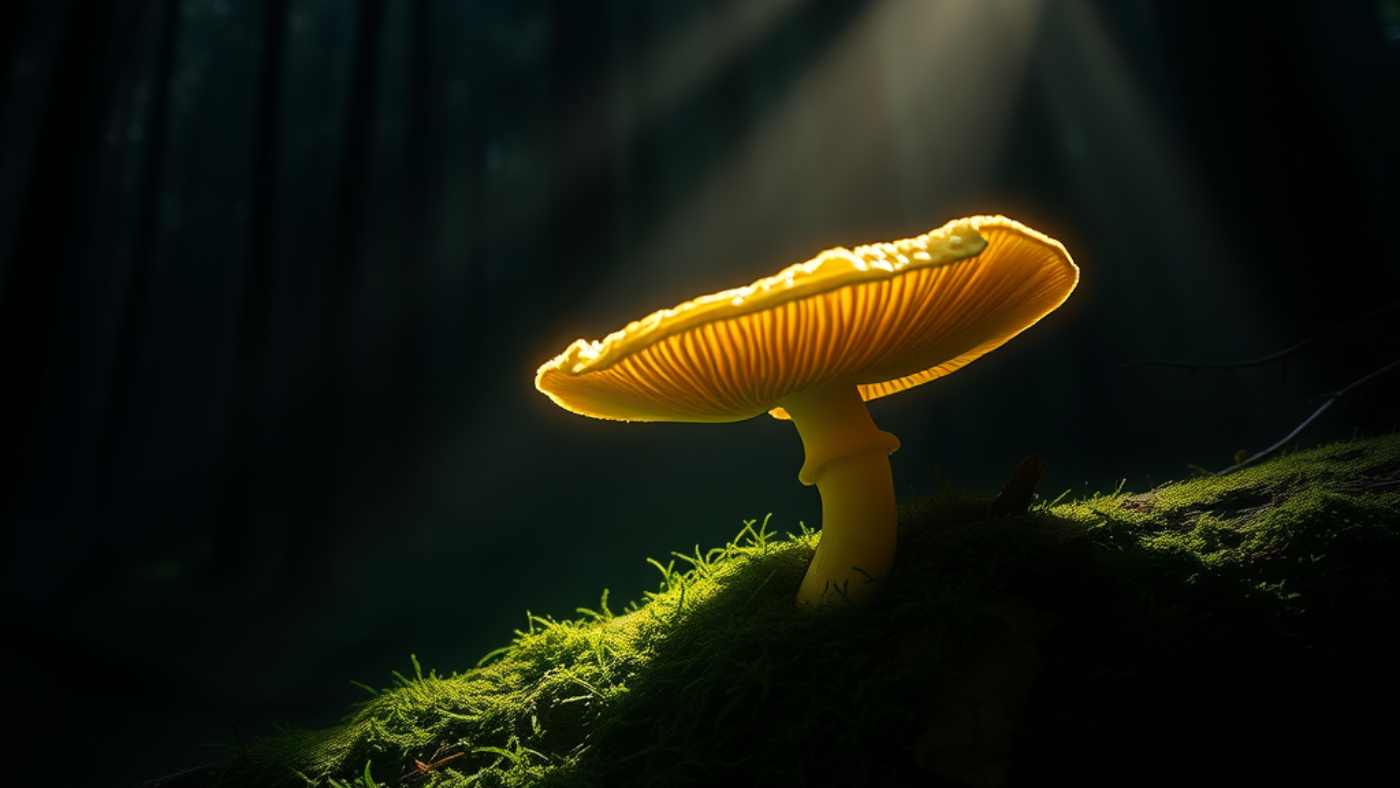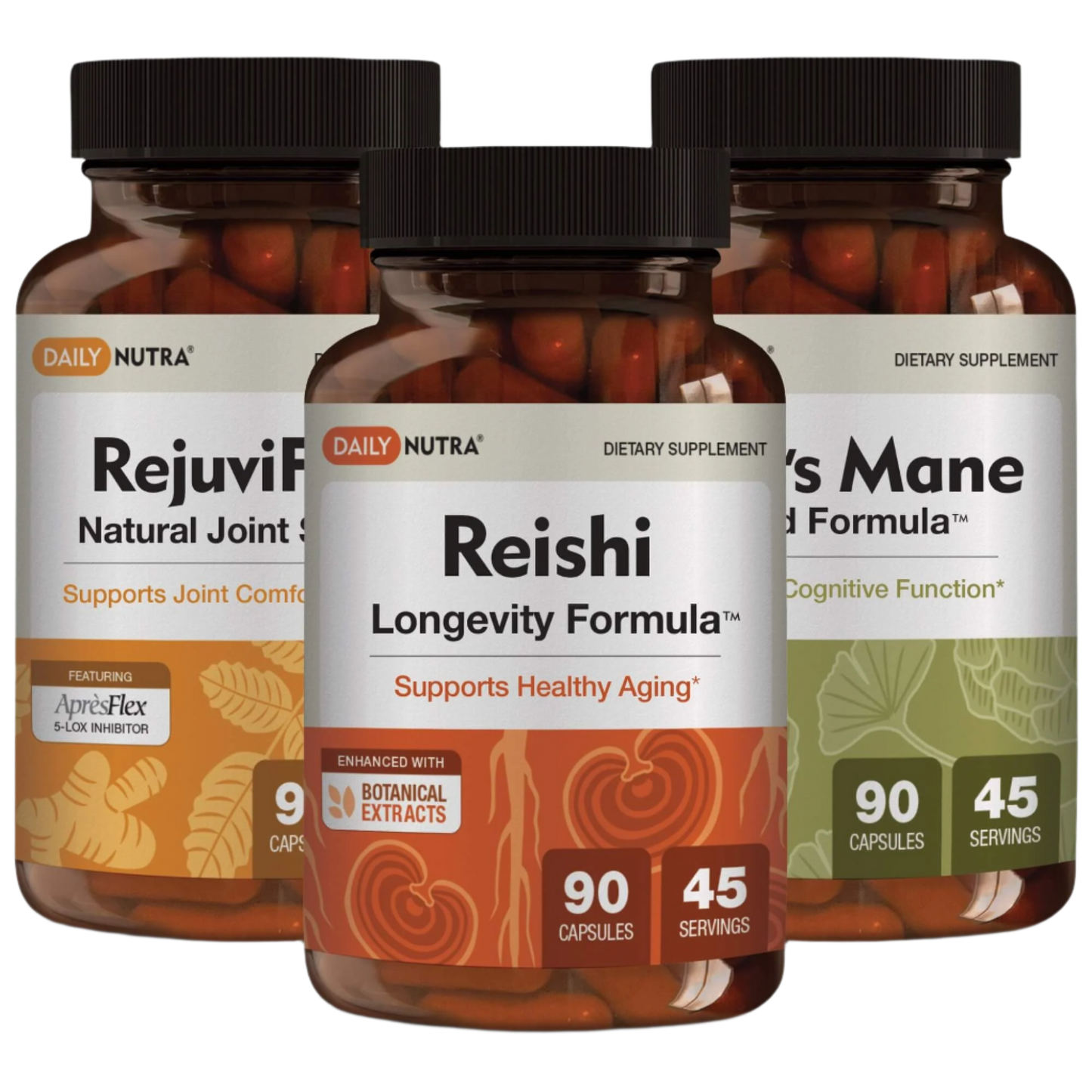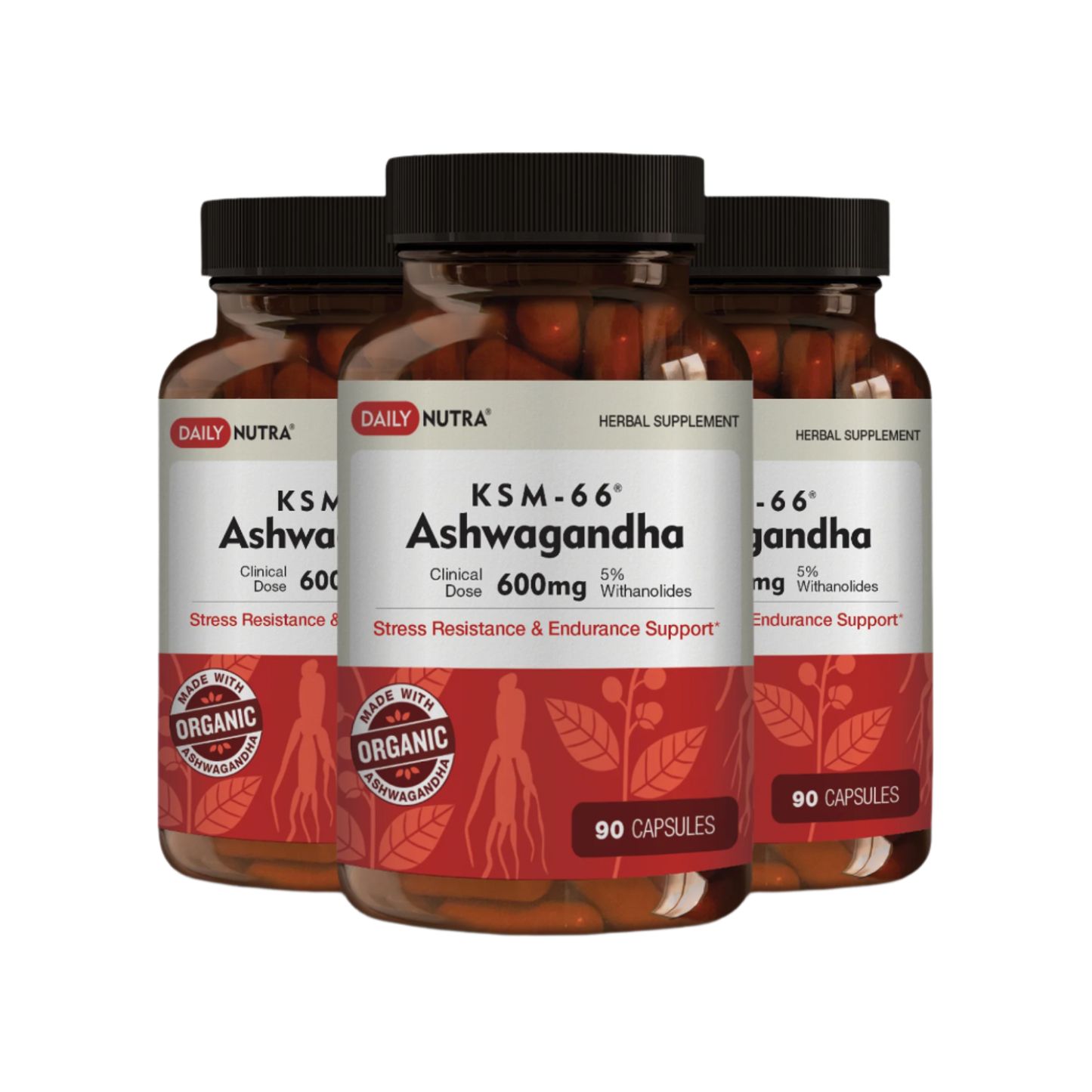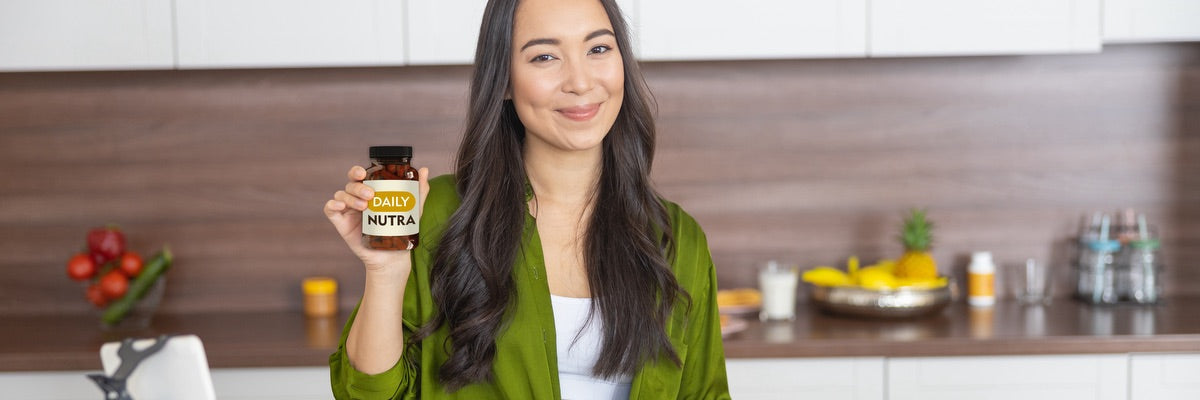
An increasing number of people are using turkey tail mushrooms to boost their immune system, longevity, and gut health as interest in medicinal mushrooms grows.
However, the question of whether turkey tail mushrooms are edible raw keeps coming up.
It seems like a logical leap—after all, raw vegetables are usually more nutritious, right?
Unfortunately, mushrooms aren’t vegetables. And turkey tail, in particular, doesn’t play by raw food rules.
What Turkey Tail Mushrooms Are Really Made Of
Turkey tail (Trametes versicolor) is a polypore mushroom with a tough, leathery body designed to break down dead wood.
Its fan-like ridges are beautiful, yes—but soft and edible? Not even close.
The mushroom is made of dense chitin, a structural polysaccharide that protects it from predators and weather (1).
This same tough cell wall is what makes raw turkey tail virtually indigestible to humans.
You could technically chew it. But your body won’t absorb much from it. And your digestive system may not thank you.
Raw Doesn’t Mean Bioavailable
Nutrients locked inside turkey tail mushrooms—like beta-glucans, PSP, PSK, and triterpenes—are powerful.
But they’re only unlocked through heat or alcohol extraction. In their raw state, these compounds remain trapped inside the chitin cell walls (2).
Imagine swallowing a vitamin inside a rock. That’s essentially what you’re doing with raw turkey tail.
Heat breaks down these cell walls and allows the medicinal compounds to become water-soluble (3).
That’s why tea, tinctures, and powdered extracts exist, not for flavor, but for access.

Are There Any Traditional Uses of Raw Turkey Tail?
Note documented with consistency. Indigenous cultures that used turkey tail for healing always prepared it as a decoction—boiled over time and sipped as tea.
In Traditional Chinese Medicine (where it's known as Yun Zhi), turkey tail is boiled or extracted, never eaten raw.
There are no historical records of raw consumption. Not even in emergency food situations. That says something.
Is Raw Turkey Tail Dangerous?
Not necessarily toxic, but potentially irritating.
Chitin is indigestible, and for some people with sensitive guts or autoimmune conditions, raw turkey tail could cause bloating, cramping, or digestive distress.
Additionally, there is a chance of contamination. Turkey tail that has been harvested in the wild may contain mold, bacteria, or contaminants from the forest floor, tree bark, or city air.
Without cooking or processing, you expose your body to everything the mushroom touches.
So is it dangerous? Not in the same way as Amanita or Death Cap mushrooms. But still: why take the risk for something your body can’t process anyway?
What Happens If You Eat It Anyway?
Let’s say you ignore the warnings and chew on a raw turkey tail you picked from the forest. Here’s what you’ll experience:
First, the texture. Chewy, fibrous, almost plastic-like. You’ll likely spit it out before you swallow.
If you manage to consume it, your body will do what it does best—try to break it down. But without enzymes to process chitin, it’ll likely pass through unchanged.
At best, you’ll get some fiber. At worst, you might irritate your digestive tract.
You’d be better off eating tree bark. At least it breaks down slightly faster.

Why People Still Try Turkey Tail Mushrooms
The raw wellness movement often glorifies “natural” as synonymous with “better.” And in many cases, raw foods do retain more vitamins.
But mushrooms are not plants. They’re fungi.
They require different prep, different understanding, and different rules.
Another explanation? Misinformation.
Chewing on slices of turkey tail is mentioned casually and without warning in some internet sources.
These are frequently anecdotal, inaccurate, or authored by individuals who have never regularly engaged in the practice.
Then there’s the "just try it" crowd. Curiosity can be powerful. But when it comes to medicinal fungi, respect should outweigh experimentation.
What You Should Do Instead
If you want the real benefits of turkey tail, make a decoction (tea), use a dual-extraction tincture, or buy high-quality mushroom powder.
These methods are proven to extract beta-glucans and immune compounds your body can absorb.
Turkey tail powder, in particular, is made from dried, milled mushroom fruiting bodies—often hot-water extracted for maximum effect.
It dissolves easily into drinks, soups, or smoothies and has almost no flavor.
That’s a much better route than gnawing on forest leather and hoping for the best.
The Bottom Line: Just Because You Can Chew It Doesn’t Mean You Should
Turkey tail isn’t a culinary mushroom like shiitake or oyster.
It’s not made to be eaten raw, fried, or sautéed. It’s meant to be extracted slowly and intentionally, like the medicine it is.
Think of it less like food and more like bark. Would you chew raw willow bark hoping for aspirin’s effects? Probably not.
Turkey tail deserves the same thoughtful preparation.
To Finish
The allure of raw, natural healing is strong, but when it comes to turkey tail mushrooms, raw is not the way. Eating them raw does little more than stress your jaw and confuse your gut. The real power lies in heat, patience, and preparation. Turkey tail mushrooms are potent, yes—but only when treated with respect and extracted properly.
🍄 Don’t chew wood—brew wisdom. Steep, extract, and transform your health the right way with turkey tail tea or tincture. 🍄
FAQs on Can You Eat Turkey Tail Mushrooms Raw?
Are raw turkey tail mushrooms safe to consume?
It’s not toxic, but it’s not recommended. Your body won’t absorb the beneficial compounds.
What are the side effects of eating raw turkey tail mushrooms?
Potential indigestion, bloating, or lack of benefit as a result of inadequate absorption.
How can I consume turkey tail mushrooms for maximum effect?
Use a hot-water decoction (tea), tincture, or hot-water-extracted powder.
Are raw turkey tail mushrooms used in traditional medicine?
No. Traditional use always involves boiling or extracting with alcohol.
Can I blend raw turkey tail into smoothies?
Blending doesn’t break down the tough cell walls. You still need heat or alcohol extraction.
Related Studies
1. Title: Human Gastric Juice Contains Chitinase That Can Degrade Chitin
A pilot study analyzing 25 individuals found acidic mammalian chitinase (AMCase) activity in human gastric juices, indicating limited chitin digestion.
DOI: 10.1159/000104144
2. Title: β-Glucans from Trametes versicolor (L.) Lloyd Is Effective for Influenza A Virus Protection
Demonstrates that hot‑water extraction isolates water‑soluble β‑glucans from turkey tail, significantly enhancing bioactivity in vivo.
DOI: 10.3390/v14020237
3. Title: Questions and Answers About Turkey Tail and Polysaccharide‑K (PSK) – National Cancer Institute (PDQ)
Describes PSK’s approval in Japan and its use as an adjunctive therapy in cancer, backed by clinical evidence.
DOI: 10.1016/j.cofs.2024.101191






